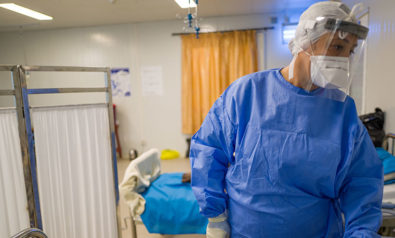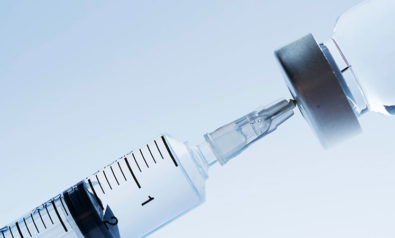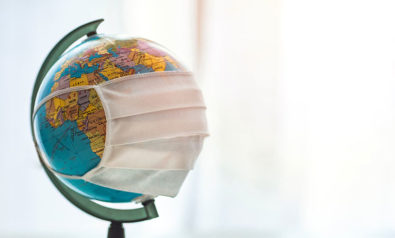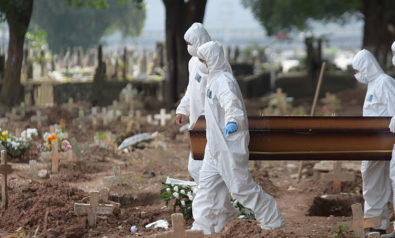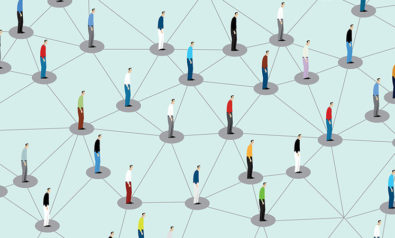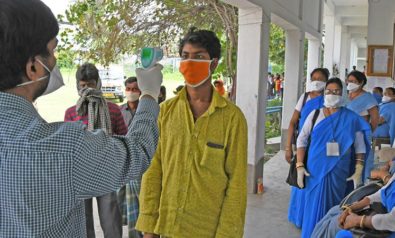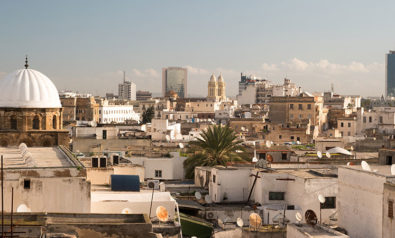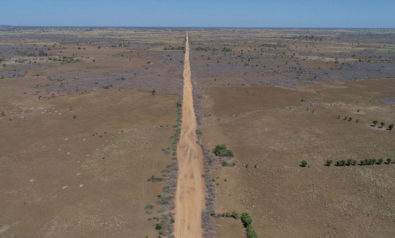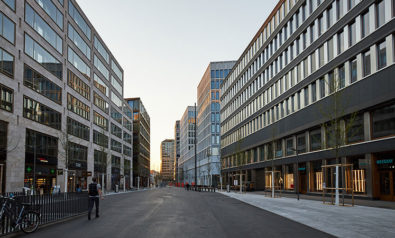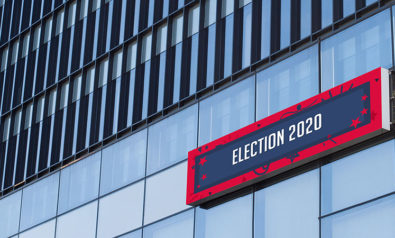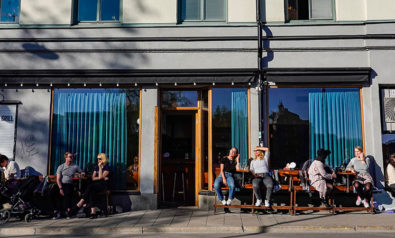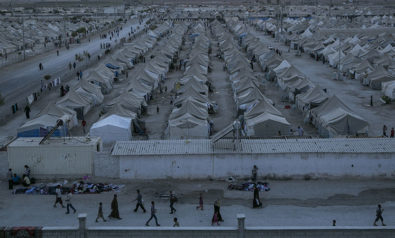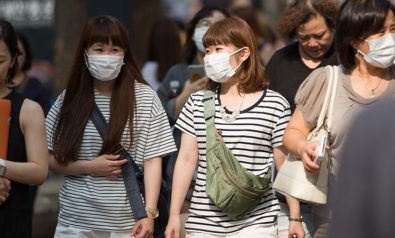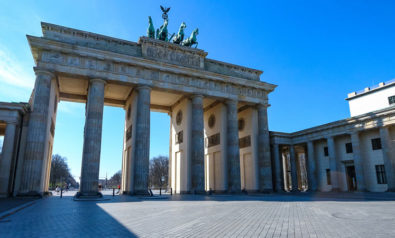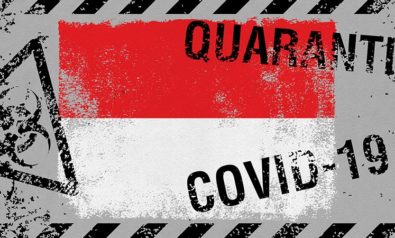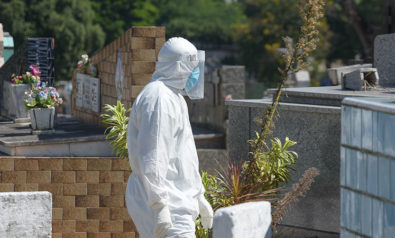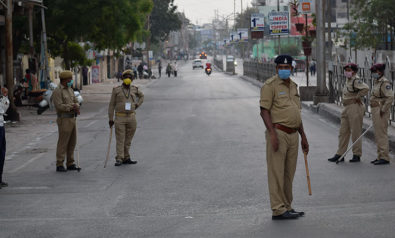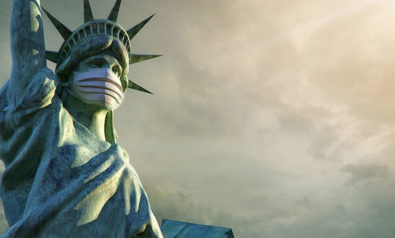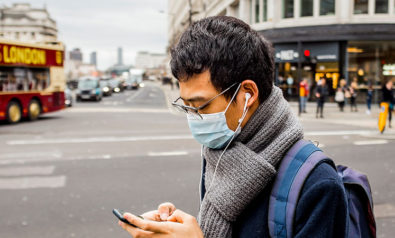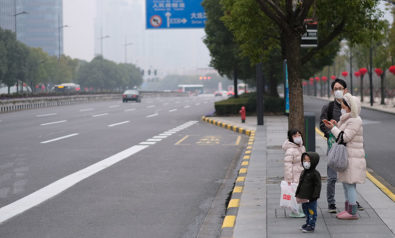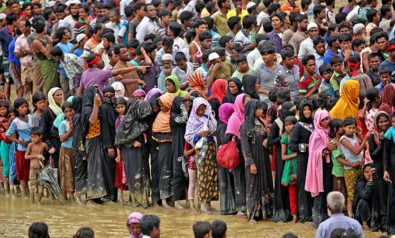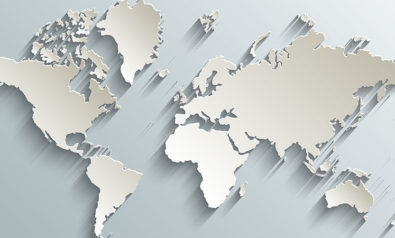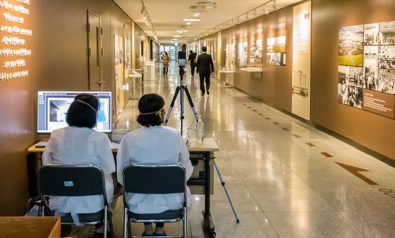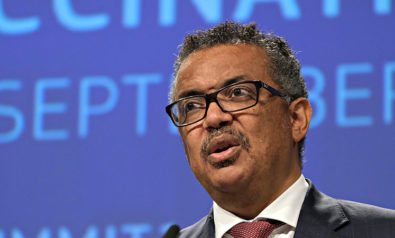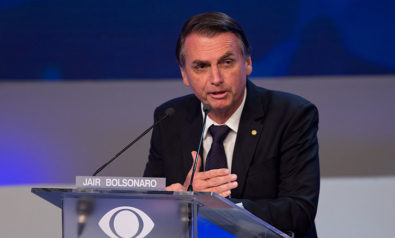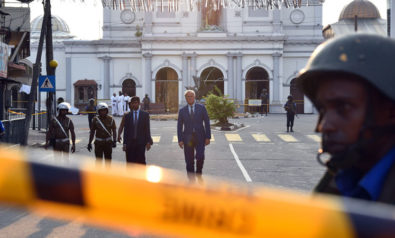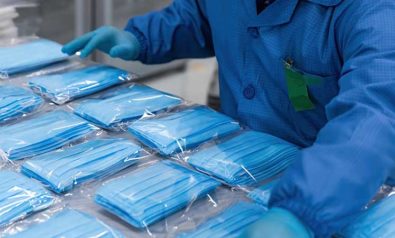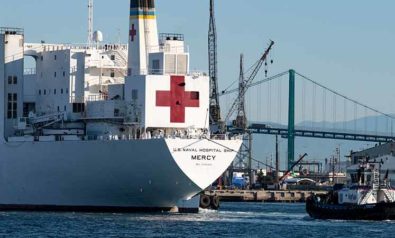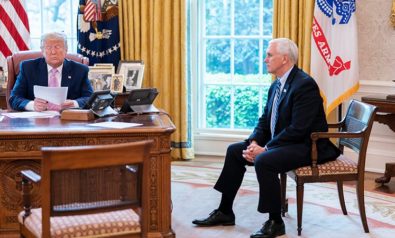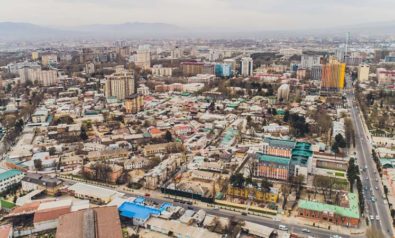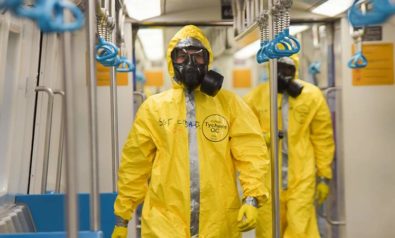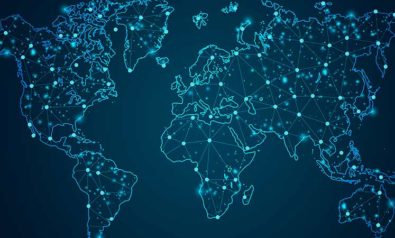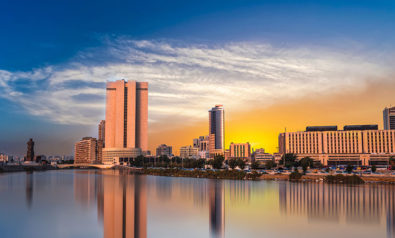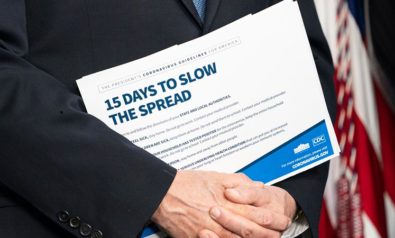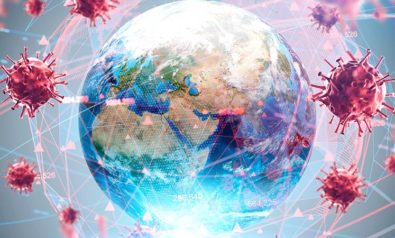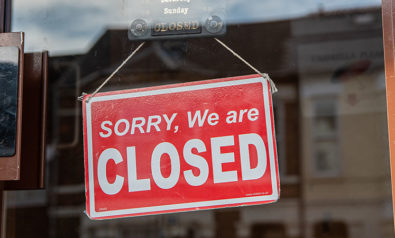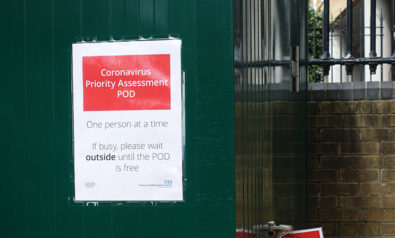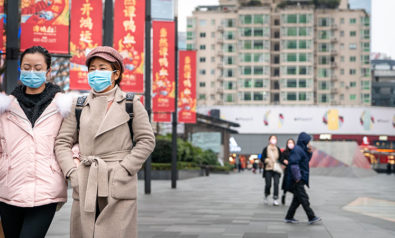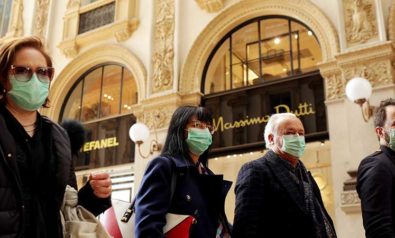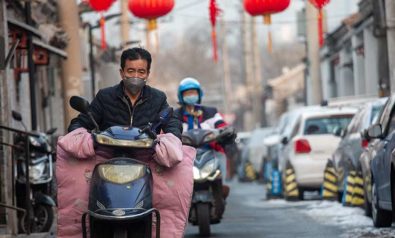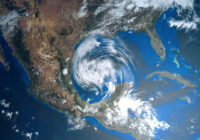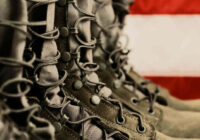For months, analysts have warned that Somalia is one of many African countries at the highest risk for the spread of the novel coronavirus, known as SARS-CoV2. Now, that forecast is turning quickly into a grim reality. Somali authorities have confirmed over 2,100 cases of COVID-19 — the disease caused by the coronavirus — but it is believed there are thousands of undetected infections due to a limited testing capacity.
East Africa Faces a Cascade of Crises
Somalia, which is already beset by a series of natural and manmade calamities, is now bracing itself for the worst. A series of factors explain why humanitarians are so concerned about the impact of the global pandemic on the country’s highly vulnerable population, including around 5.2 million people already in need of assistance.
Five Factors
First, according to RAND, Somalia is the most vulnerable country in the world for infectious diseases. Indeed, the country is already in the midst of a cholera outbreak. While the worldwide standard is around 25 health care workers per 100,000 people, Somalia has only 2 at this same ratio. There is only one hospital in the entire country capable of treating coronavirus patients.
In Somalia, 79 people — the most in East Africa — are confirmed to have died from COVID-19. Yet the total death toll is likely to be significantly higher, according to The Guardian. Despite efforts to contain the virus, support medical workers and increase humanitarian coordination, the country’s health care system remains underequipped to combat a national epidemic and it needs external support.
Second, Somalia is home to 4.8 million food-insecure people. Around 2.1 million face acute food insecurity, while 1.1 million children under age 5 are acutely malnourished. Conflict is the principal driver in the world of food insecurity, but extreme weather events also contribute to Somalia’s food crisis. Ongoing droughts in central and northern Somalia have left about 162,000 people displaced, while southern and central Somalia has been experiencing extreme flooding during the rainy season.
Meanwhile, a locust crisis is accelerating regional food insecurity across East Africa and parts of the Middle East. Further complicating the humanitarian response, flight cancellations also mean that shipping costs of required equipment have increased by about 300%. The response to the COVID-19 crisis in Somalia is creating difficulty to address the driving factors of food insecurity and provide humanitarian assistance to those affected.
Third, Somalia’s civil war, which broke out in 1991, has created insecurity throughout the country. Limits on the movement of critical resources and the weakening of government influence complicate efforts to prevent an outbreak of the coronavirus in a conflict zone. Instability has allowed al-Shabab, a militant group, to maintain control of parts of southern and central Somalia. Al-Shabab has exploited the virus for political gains by claiming that it was spread “by the crusader forces who have invaded the country and the disbelieving countries that support them.”
Humanitarian organizations have difficulty accessing areas that al-Shabab controls, which is becoming more critical as the public health crisis continues. Limits on the delivery of aid, a lack of preventive measures to stop the spread of the coronavirus, and the dissemination of false information about COVID-19 will only heighten vulnerabilities for populations living under their control.
Fourth, the Somali government has been unable or unwilling to undertake an effective campaign to inform the public of the steps that need to be taken to contain and mitigate the spread of the virus. According to a survey by Save the Children, many residents, internally displaced people (IDPs) and other displaced populations were aware of the coronavirus, but a “significant number” did not have enough knowledge to take collective action against the spread of it. Somalia’s health care capacity is nearly nonexistent, so preventative measures are critical to enforce through the dissemination of public information.
Fifth, displaced communities and others in need of humanitarian assistance have many of the factors that put them at risk of contracting COVID-19. An estimated 2.6 million IDPs live in Somalia, with over 200,000 of them being newly displaced in 2020 alone. The United Nations High Commissioner for Refugees (UNHCR) confirmed the first case of infection in an IDP camp on March 17. These camps are at risk of the virus spreading due to the high-density population and difficulties in social distancing. These environments are best served by surveillance programs and widespread testing, along with a capacity to isolate those who may have been infected — all of which are in short supply in Somalia.
Somalia Is at Risk
All of these factors combined lead experts to warn that Somalia could quickly become one of the worst-affected regions in the world if the spread of the coronavirus cannot be prevented or contained. However, the Somali government cannot do so alone. First, it needs help, especially when it comes to key humanitarian programs to give vulnerable populations access to water, sanitation and hygiene (WASH). Such interventions are essential elements of an effective response to the pandemic. Second, its health care facilities and hospitals need support to increase the ability to test people for the virus and trace who those infected came into contact with, especially in IDP camps. There is also a pressing need for personal protective equipment (PPE) and training for health workers. Yet only 13.6% of the UN COVID-19 Global Humanitarian Response Plan for Somalia has been funded.
Donors must step up to give Somalia a fighting chance in the face of the pandemic. A global health crisis requires a truly global response, one that does not leave some of Africa’s most vulnerable populations behind.
The views expressed in this article are the author’s own and do not necessarily reflect Fair Observer’s editorial policy.
Support Fair Observer
We rely on your support for our independence, diversity and quality.
For more than 10 years, Fair Observer has been free, fair and independent. No billionaire owns us, no advertisers control us. We are a reader-supported nonprofit. Unlike many other publications, we keep our content free for readers regardless of where they live or whether they can afford to pay. We have no paywalls and no ads.
In the post-truth era of fake news, echo chambers and filter bubbles, we publish a plurality of perspectives from around the world. Anyone can publish with us, but everyone goes through a rigorous editorial process. So, you get fact-checked, well-reasoned content instead of noise.
We publish 2,500+ voices from 90+ countries. We also conduct education and training programs
on subjects ranging from digital media and journalism to writing and critical thinking. This
doesn’t come cheap. Servers, editors, trainers and web developers cost
money.
Please consider supporting us on a regular basis as a recurring donor or a
sustaining member.
Will you support FO’s journalism?
We rely on your support for our independence, diversity and quality.



